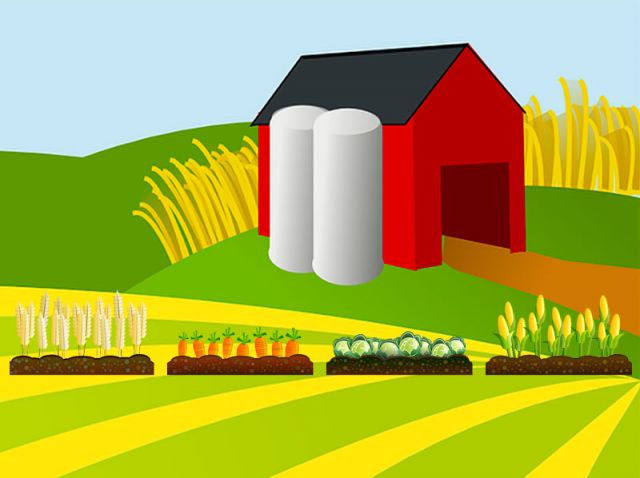RACELab "IoT-driven Analytics & Farms"
CS Profs. Chandra Krintz and Rich Wolski work to bring recent advances in computing to farming to optimize food production

CS Profs. Chandra Krintz and Rich Wolski work to bring recent advances in computing to farming to optimize food production (CS Newsletter)
Why do we need SmartFarm?
Studies from the U.S. Department of Agriculture and the United Nations Food and Agriculture Organization reveal some scary findings: more food will be needed to feed the growing global population using fewer resources, while farm labor is in short supply or too expensive. 80% of the freshwater and 30% of global energy is used to produce food, half of which we waste in spoilage. Farming also has some particularly formidable foes: Changing weather and climate, reflected in water scarcity and extreme events, altered pest and disease pressure, and increasing energy demands all make it increasingly difficult to produce food consistently and in ways that are economically and environmentally viable.
UCSB SmartFarm Research and Innovation
Chandra Krintz and Rich Wolski, both computer science professors at UCSB, work to bring recent advances in computing (e.g. cloud computing, the Internet-of- Things, sensing, data analytics and machine learning, etc.) to farming to optimize food production, automate farm processes, and to capture and curate provenance information for individual food items from “farm to fork”. To this end, the SmartFarm Research Team investigates the design and implementation of an open-source, hybrid cloud approach to agriculture analytics for enabling sustainable farming practices.
A key design goal of UCSB SmartFarm is to develop a system that is a low cost, easy to use, that provides reliable decision support in real-time while giving farmers control over when and how they share their data. To enable this, SmartFarm runs on-farm, “near” where the data is produced and collected -- precluding the need for expensive cellular connections, Internet connectivity, and lock-in to any particular vendor. The system combines inexpensive consumer-grade electronics, novel sensor systems, and advanced analytics to extract actionable insights from the data at low cost. Doing so facilitates fast and energy efficient response for automatic actuation and control of farm operations. “The system runs on-farm so it must work without an IT staff. To enable this, we designed it to be self-managing and autonomous and to operate for extended periods of time without requiring manual intervention -- it is an appliance, like your refrigerator”, said Krintz.
Uniquely, SmartFarm mirrors public cloud systems so that it is similarly easy to use and provides compatible services for security, data analytics, visualization, and mapping -- simplifying and expediting the development of farm apps by others. If there is Internet connectivity on farm, SmartFarm automatically interoperates with public cloud systems to facilitate controlled sharing and data anonymization (for privacy protection). The SmartFarm team has also developed a new runtime system that executes apps across sensors, the edge cloud, and public cloud systems if/when available. By optimizing the system for battery-powered devices, the team has shown it is possible to reduce energy consumption by over 100 times versus existing cloud/edge solutions.
Krintz and Wolski currently have deployments and interesting test cases (e.g., site-specific farm management, precision irrigation, frost prevention) across California. Their research is integrated into almond fields at Fresno State, citrus blocks at the University of California’s Lindcove Research and Extension Center (LREC), and UCSB’s Edible Campus, which grows a wide range of fruits and vegetables for food-insecure students.
2020 Computer Science Newsletter (full article on page 14)